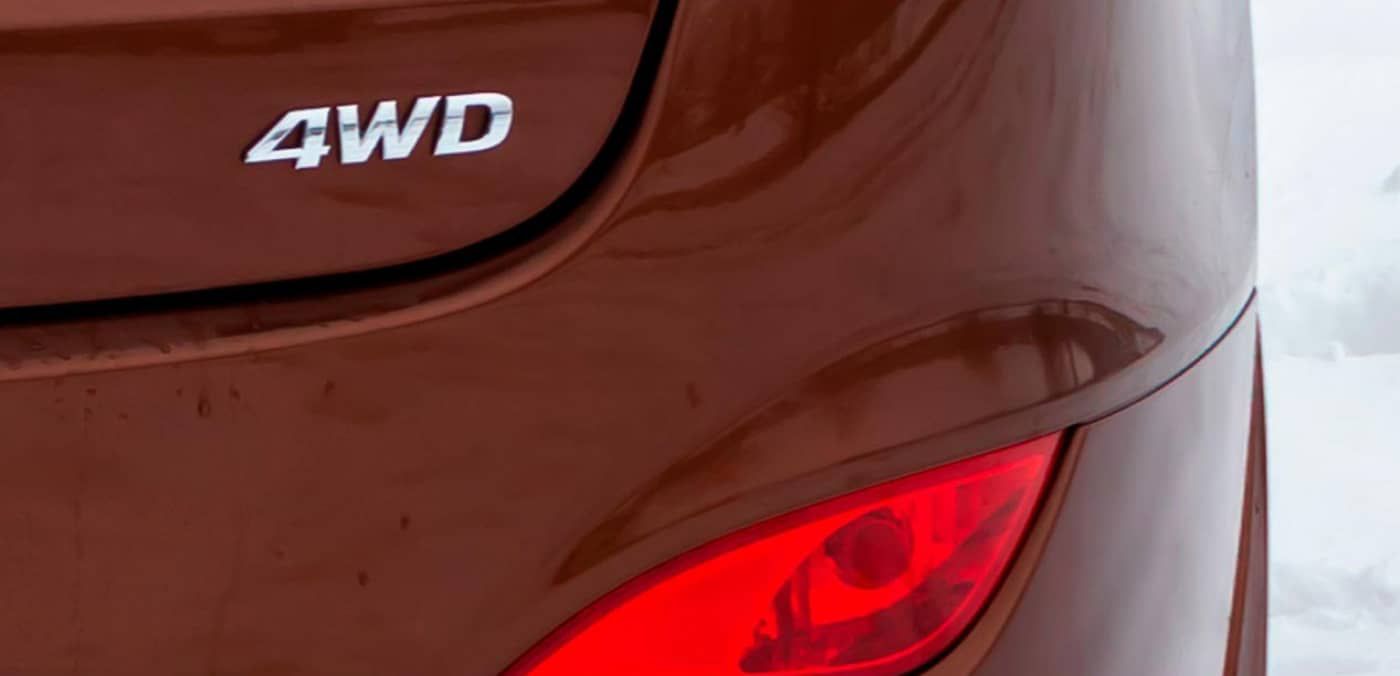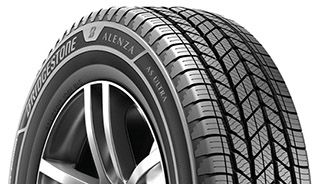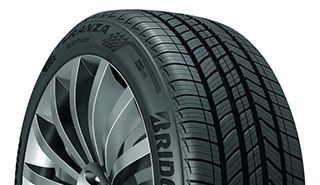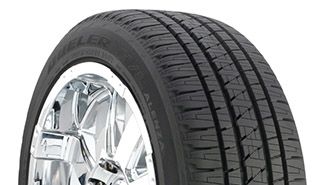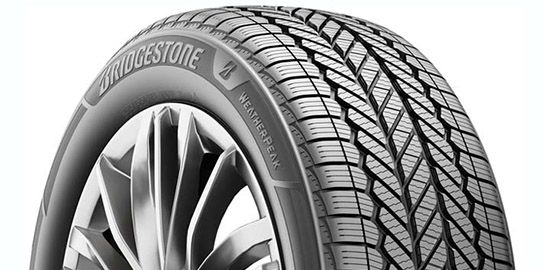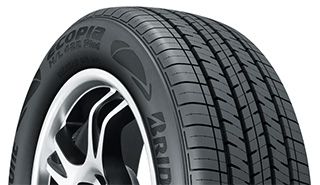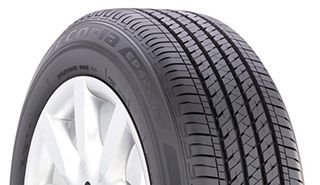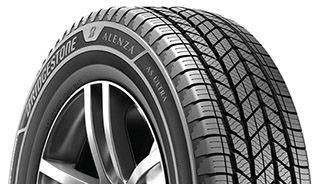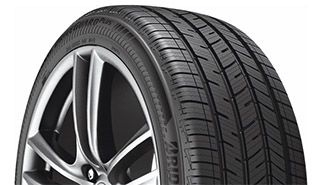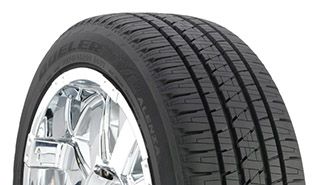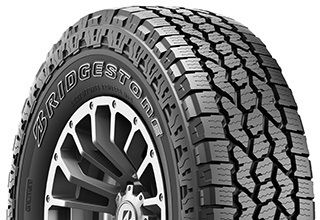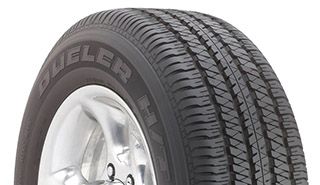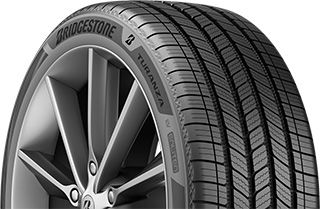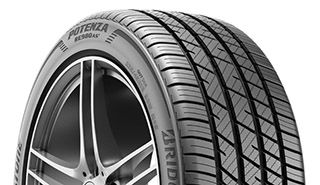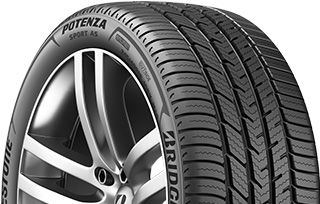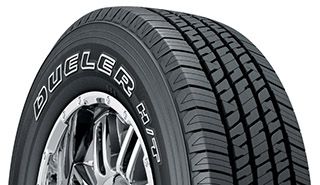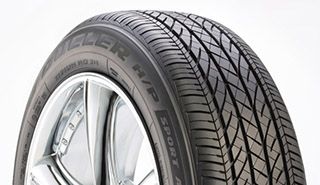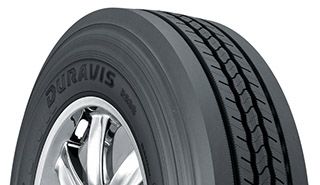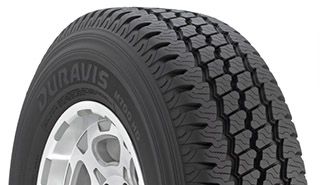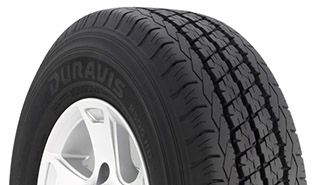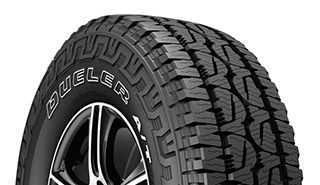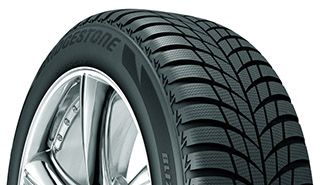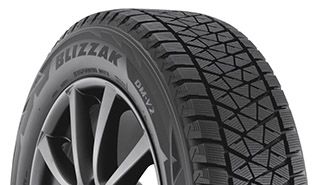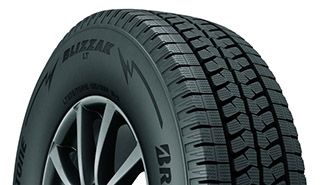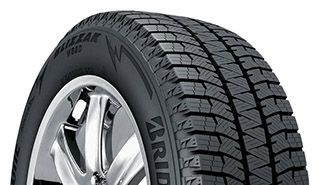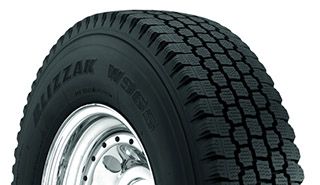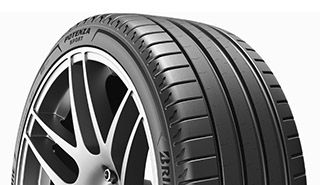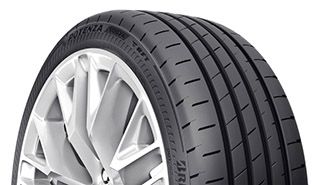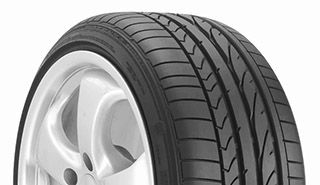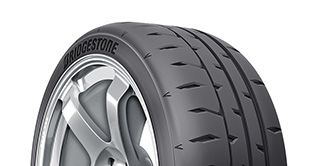It’s an understandable question, especially from owners of all-wheel-drive (AWD) cars: “Do I need winter tires if I have AWD?” After all, the reasoning goes, AWD offers twice the tire power as front-wheel-drive (FWD) and rear-wheel-drive (RWD) cars!
But whether your vehicle is AWD, FWD, RWD or even four-wheel drive (4WD or 4X4), you still may need winter tires if you live in an area with snow or freezing temperatures. That’s because, while some drive systems do a better job of using the available traction than others, ALL of the traction is provided by the tires. If the tires are heavily worn or of a type that are not suitable for snowy/icy/extremely cold conditions, even the best AWD or 4WD systems won’t be able to overcome the traction limitations posed by the tires.That's why, if you must drive in severe winter weather, installing a set of winter tires can dramatically improve vehicle control regardless of the drive system.
REASONS YOU NEED WINTER TIRES WITH AWD
Here are three reasons why AWD vehicles might need winter tires:
1. AWD VEHICLES ADAPT TO SPECIFIC CONDITIONS, NOT ALL CONDITIONS
AWD refers to drivetrains in which the vehicle selects its two- or four-wheel drive capabilities based on road conditions.
In this way, the “A” in AWD may as well stand for “adaptable:”
- In normal driving conditions, AWD vehicles typically operate with 80-100% of the vehicle’s power going to either the front or rear axle.
- In slippery driving conditions, AWD vehicle systems automatically direct power to the wheels with the best traction.
AWD vehicles can help you get out of snowed-in parking spots, tackle unplowed roads and accelerate on slick surfaces. But without winter tires, they’re not nearly as capable as they can be. AWD does little to aid turning and braking on snow and ice vs. a two-wheel-drive vehicle equipped with all-season tires.
2. AWD AND 4WD ARE NOT THE SAME THINGS
While many people think that AWD is enough to take on dangerous ice and snow, there is almost no difference between AWD-equipped vehicles and ordinary cars when it comes to cornering, braking and handling in winter weather.
That surprises people who assume that AWD and four-wheel drive (often referred to as 4WD or 4X4) systems are essentially the same things. They’re not.
In contrast to AWD systems’ adaptable nature, 4WD systems send power to all four wheels equally, regardless of their traction. This “always-on” power is one of the key differences between AWD and 4WD. Believe it or not, though, not even 4WD creates traction - that’s the tires’ job. If the tires are traction-limited (either because of their design or from being heavily worn) 4WD may not be enough to keep the vehicle under control.
3. WINTER TIRES OFFER DISTINCT ADVANTAGES FOR AWD
All-season tires are very capable and a great idea three seasons out of the year. But if you live in an area with significant snowfall or icy conditions multiple times per year, your all-season tires can’t compete against a winter onslaught.
Whether your car is AWD, 4WD, FWD, or RWD, outfitting it with winter tires provides clear benefits over every other tire type.
Winter tires:
- Offer 25-50% improved traction over all-season tires
- Consist of specially formulated tread rubber that provides maximum pliability in subzero temperatures
- Feature tread designs that offer superior control and maneuverability on wet, dry, icy, slushy and snowy roads
Do you need winter tires — even with an AWD vehicle? You might if driving with safety and confidence in Mother Nature’s harshest time of year is important to you.
WINTER DRIVING TIPS FOR ALL-WHEEL DRIVE
Be aware of your vehicle’s capabilities this winter. If you’re tackling the roads on all-wheel drive, the experts have some advice for you.
WHEN TO CONSIDER 4WD FOR WINTER DRIVING
For people whose lives, jobs or interests take them off the beaten path — where unplowed roads, deep snow and uneven terrain greet them every winter — it’s difficult to beat 4WD.
Winter tires can still make all the difference, though. One reason: many 4WD systems are “part-time” and require the driver to activate them (versus AWD’s “always-on” status). Activating a 4WD system may help you get out of a tough spot once you’re in one, but winter tires can help ensure you don’t end up in that tough spot at all.
WHEN TO CONSIDER FWD FOR WINTER DRIVING
Most passenger cars and crossovers are designed with FWD. This can be a good option for driving in snow for two reasons:
- Most of the car’s weight is above the two driving wheels. This additional weight helps improve the tires’ traction.
- Because the drivetrain in a FWD vehicle is essentially pulling the car along, it is less likely to experience oversteer, which is the rear of the car sliding out when cornering and causing a much sharper turn than desired.
Teaming these advantages with a set of good winter tires can turn your FWD vehicle into a very capable winter ride.
PROS AND CONS OF RWD FOR WINTER DRIVING
RWD is common on sports cars, muscle cars, trucks and truck-based SUVs, and usually allows a more even weight distribution and better handling in ideal driving conditions. This is because the front wheels are responsible for steering while the rear wheels are tasked with sending power to the road.
Rear-wheel drive is less than ideal for driving in the snow. If you live in an area where measurable snow is infrequent or even rare — southern states, for example — driving a RWD vehicle is less of an issue.
In most situations, RWD vehicles have less weight over the driven wheels than a FWD, AWD or 4WD vehicle, so they will have more difficulty accelerating on icy roads and a greater possibility of losing control of the rear of the car.
A good set of winter tires can be a tremendous help in giving these vehicles secure traction and handling in snowy and icy conditions.
WHAT'S THE BEST CAR/TIRE COMBINATION FOR TACKLING SNOW?
Where you live should determine the type of drivetrain you look for in a vehicle. If you live in an area with heavy snowfall, the best option will be AWD or 4WD coupled with good winter tires.
- City/Suburban driving with moderate snow and ice – FWD or RWD with winter tires will suffice. This won’t be the best option for deep snow, but it will be the most economical option since AWD vehicles are usually more expensive and use more fuel due to the AWD system's extra weight. AWD vehicles with all-season tires may be acceptable if the roads are plowed frequently.
- City/Suburban driving with heavy snow and occasional rural driving – AWD with winter tires is your most versatile option. You will be able to handle winter’s worst conditions and still maintain performance on clear, dry roads.
- Rural driving on unplowed roads and deep snow – If tackling steep hills on rutted, unpaved roads is necessary, you may need 4WD with a driver-selectable”low” gear range. Otherwise, AWD with winter tires should do the trick as most AWD vehicles also provide sufficient ground clearance.
WHEN TO INSTALL WINTER TIRES
The tires themselves aside, you also need patience to prep your vehicle for the snowy season. That means setting aside time to have your three-season tires swapped with the winter tires, waiting for the work to be done and properly storing your three-season tires.
And you can’t look for any shortcuts. Do you need four winter tires or just two? You’ll want four for the best possible performance. Do you need to balance winter tires? Some factors can mitigate this need, but the short answer is yes, you need to balance winter tires. Safe winter driving means no shortcuts.
Plus, you should have your winter tires installed in late October/early November (or once the average daily temp dips below 45℉) — which tucks it between two major holidays and squarely in the new school semester. You must be patient, though, because not even the best snow tires will help if you don’t schedule a time to have them put on your car.
BRIDGESTONE WINTER AND SNOW TIRES
As multiple independent tests have concluded, winter tires are the most significant differentiating factor in a vehicle’s performance on snow and ice, and are essential for AWD and 4WD vehicles to perform their best in severe winter conditions.
Bridgestone winter tires offer the latest technology in tire compounds and tread design to help you drive confidently in winter’s worst conditions. The Blizzak line includes various studless, performance and truck/SUV winter tires to match your driving needs. Shop Blizzak winter tires online or at a Bridgestone retailer near you.



